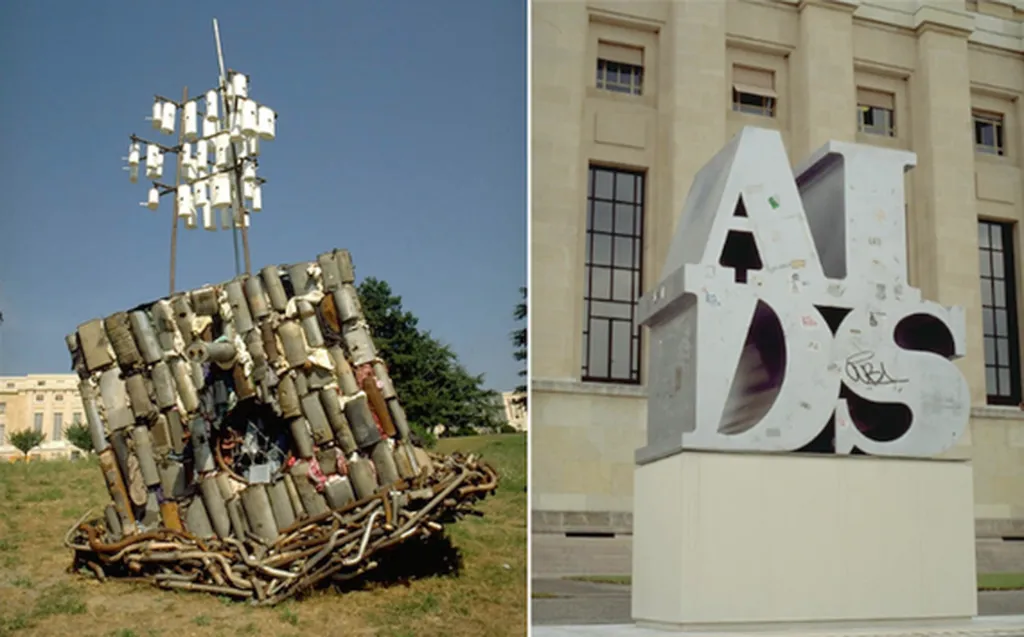In the heart of Turkey’s early urbanization, a wave of architectural innovation swept through the nation, leaving behind a legacy of modern stadiums that did more than just host sports events. These first-generation stadiums, constructed during the early days of the Republic, were pivotal in shaping the physical and social landscape, according to a recent study published in the journal Prostor (which translates to “Space” in English). Led by Hasan Doğan from Harran University’s Department of Architecture, the research delves into how these stadiums, designed with modern architectural principles, became tools for building a modern, secular, and healthy society.
The study focuses on the contributions of Italian architect Paolo Vietti-Violi, whose designs transformed the physical environment and social identity of Turkey. “These stadiums were not just about sports; they were about creating a new identity for the nation,” Doğan explains. The research reveals how the design decisions of these stadiums influenced the physical quality of space and their role in fostering a modern nation.
The first-generation stadiums, built during the Republican era, were more than just venues for sports. They were symbols of modernity and progress. The study examines the historical context, architectural components, and social impacts of these stadiums, shedding light on the socio-political influences that shaped their design. “The aesthetic ideals of the time were reflected in the design elements, materials, and spatial organization of these stadiums,” Doğan notes. This research not only highlights the historical significance of these structures but also their potential to inspire future developments in sports architecture and urban planning.
The commercial impacts of this research are profound, particularly for the energy sector. As cities continue to grow and urbanize, the lessons learned from these early stadiums can inform the design of new, energy-efficient sports venues. The study’s findings could influence the development of stadiums that not only serve their primary function but also contribute to the broader goals of sustainability and urban development.
Doğan’s research, published in Prostor, offers a comprehensive look at how architecture can shape society and culture. By understanding the past, we can better navigate the future, ensuring that our buildings and spaces continue to serve as tools for progress and modernity. As the world looks towards a more sustainable and urbanized future, the lessons from Turkey’s first-generation stadiums may prove invaluable.

